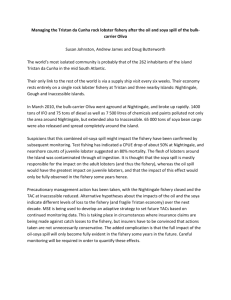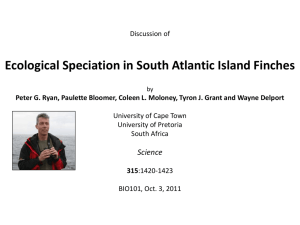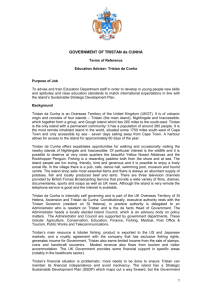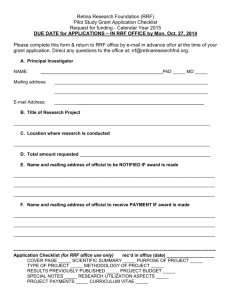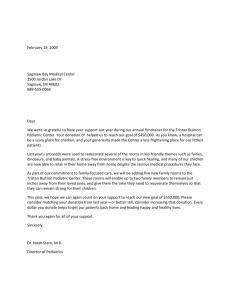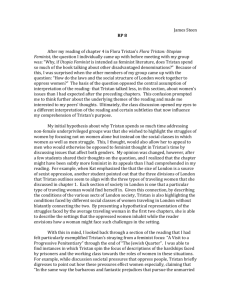Click here
advertisement
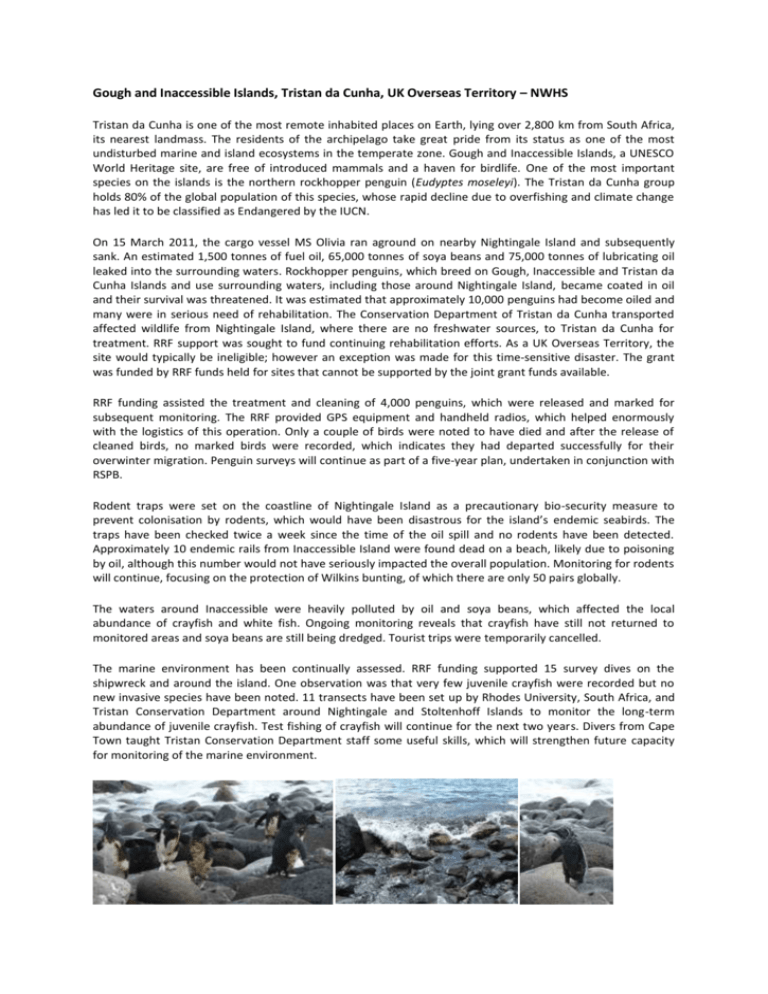
Gough and Inaccessible Islands, Tristan da Cunha, UK Overseas Territory – NWHS Tristan da Cunha is one of the most remote inhabited places on Earth, lying over 2,800 km from South Africa, its nearest landmass. The residents of the archipelago take great pride from its status as one of the most undisturbed marine and island ecosystems in the temperate zone. Gough and Inaccessible Islands, a UNESCO World Heritage site, are free of introduced mammals and a haven for birdlife. One of the most important species on the islands is the northern rockhopper penguin (Eudyptes moseleyi). The Tristan da Cunha group holds 80% of the global population of this species, whose rapid decline due to overfishing and climate change has led it to be classified as Endangered by the IUCN. On 15 March 2011, the cargo vessel MS Olivia ran aground on nearby Nightingale Island and subsequently sank. An estimated 1,500 tonnes of fuel oil, 65,000 tonnes of soya beans and 75,000 tonnes of lubricating oil leaked into the surrounding waters. Rockhopper penguins, which breed on Gough, Inaccessible and Tristan da Cunha Islands and use surrounding waters, including those around Nightingale Island, became coated in oil and their survival was threatened. It was estimated that approximately 10,000 penguins had become oiled and many were in serious need of rehabilitation. The Conservation Department of Tristan da Cunha transported affected wildlife from Nightingale Island, where there are no freshwater sources, to Tristan da Cunha for treatment. RRF support was sought to fund continuing rehabilitation efforts. As a UK Overseas Territory, the site would typically be ineligible; however an exception was made for this time-sensitive disaster. The grant was funded by RRF funds held for sites that cannot be supported by the joint grant funds available. RRF funding assisted the treatment and cleaning of 4,000 penguins, which were released and marked for subsequent monitoring. The RRF provided GPS equipment and handheld radios, which helped enormously with the logistics of this operation. Only a couple of birds were noted to have died and after the release of cleaned birds, no marked birds were recorded, which indicates they had departed successfully for their overwinter migration. Penguin surveys will continue as part of a five-year plan, undertaken in conjunction with RSPB. Rodent traps were set on the coastline of Nightingale Island as a precautionary bio-security measure to prevent colonisation by rodents, which would have been disastrous for the island’s endemic seabirds. The traps have been checked twice a week since the time of the oil spill and no rodents have been detected. Approximately 10 endemic rails from Inaccessible Island were found dead on a beach, likely due to poisoning by oil, although this number would not have seriously impacted the overall population. Monitoring for rodents will continue, focusing on the protection of Wilkins bunting, of which there are only 50 pairs globally. The waters around Inaccessible were heavily polluted by oil and soya beans, which affected the local abundance of crayfish and white fish. Ongoing monitoring reveals that crayfish have still not returned to monitored areas and soya beans are still being dredged. Tourist trips were temporarily cancelled. The marine environment has been continually assessed. RRF funding supported 15 survey dives on the shipwreck and around the island. One observation was that very few juvenile crayfish were recorded but no new invasive species have been noted. 11 transects have been set up by Rhodes University, South Africa, and Tristan Conservation Department around Nightingale and Stoltenhoff Islands to monitor the long-term abundance of juvenile crayfish. Test fishing of crayfish will continue for the next two years. Divers from Cape Town taught Tristan Conservation Department staff some useful skills, which will strengthen future capacity for monitoring of the marine environment.
